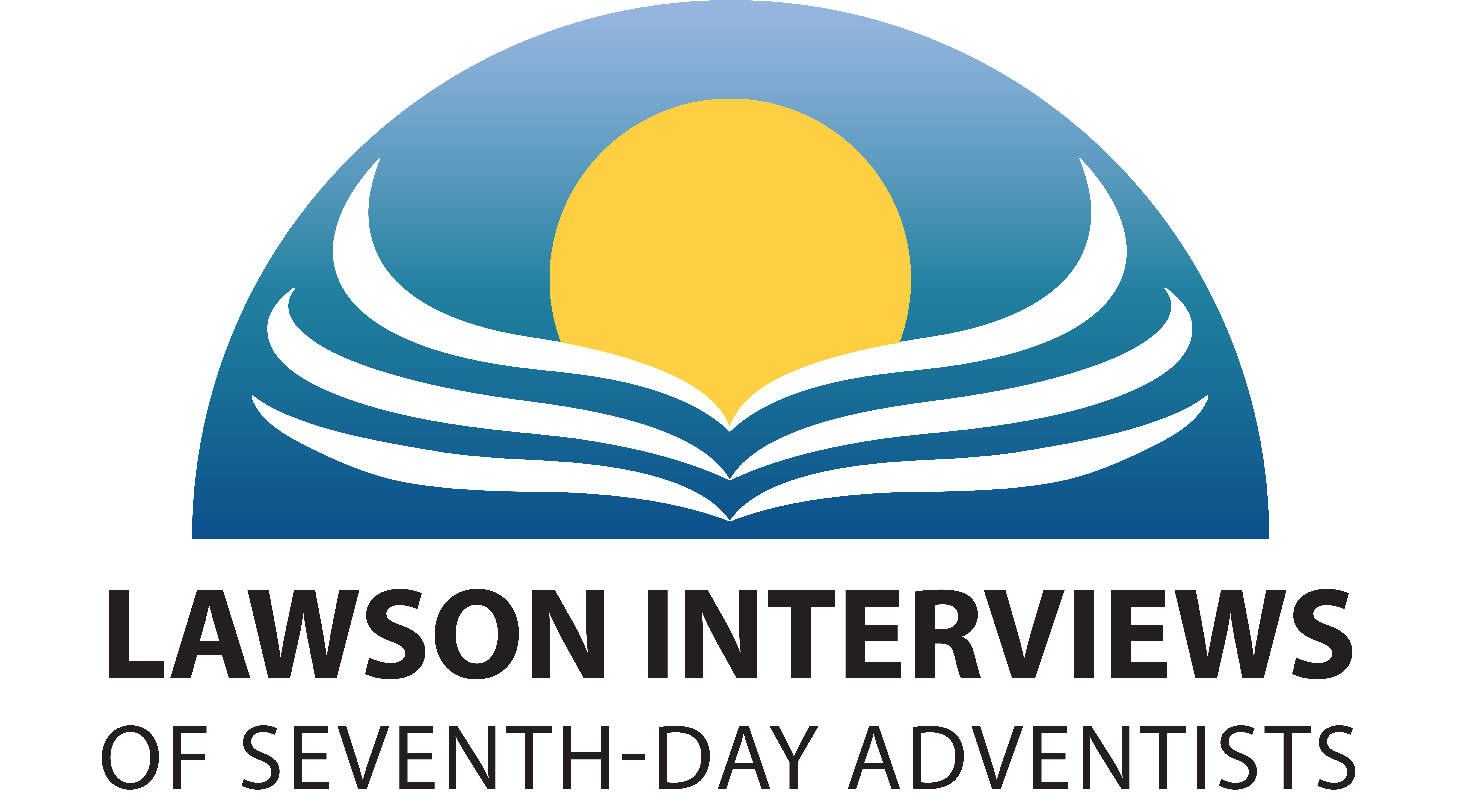When Dr. Ronald Lawson was awarded tenure at his college and planning his first sabbatical, he knew it was the perfect time to conduct a study he had dreamt of since his first sociology classes 20 years prior. Few sociologists had focused on his own denomination, the Seventh-day Adventist Church, and by applying his research skills and knowledge, Lawson hoped to gift his fellow Adventists with a more thorough understanding of their church.
In October 1984, he embarked on a tour to visit as many of the major Adventist institutions in North America as possible. In preparation, he and his friend Darrell Litvin developed a set of questionnaires to guide his conversations with Adventists working at colleges, churches, hospitals, and administrative offices. He left his home in New York, driving his Volkswagen Westfalia van towards his first major stop in Berrien Springs, Michigan.
He drove 28,000 miles over the next several months, crossing the mid-west to Washington state and California, then back east all the way to Florida. The next leg of the trip included the General Conference division headquarters in Washington, D.C., a stop in Ohio, and the General Conference session in New Orleans before returning to the northeast. He would end his trip in August 1985, after visiting sites in Massachusetts and Canada. As a member of the community, Lawson could approach Adventists about participating in his study quite easily. He never needed to stay in a hotel, because fellow members always offered him a place to stay.
Follow Lawson as he travels across North America using the interactive map below!
On his trip, Lawson encountered church employees struggling with ongoing controversies. For instance, in the late 1970s and early 1980s, some pastors and professors were fired from Adventist institutions for challenging traditional biblical interpretations and Adventist doctrines. The fallout of these events was still fresh among professors at Adventist seminaries. On Lawson’s first day in Berrien Springs, he dined with a group of faculty from Andrews University who expressed concern about whether they should leave before they were forced out by the dean of the seminary.
The contentious politics at Andrews made a strong impression on him early in the trip. When Lawson reached Southern Missionary College, where the college president had been fired alongside three others from the religion department, he sensed lingering bitterness among the faculty. The matter inevitably came up in interviews, and Lawson asked each participant about their opinion. He interviewed the ex-employees as well as current employees. While some faculty supported those who were fired and expressed concern for their own job security, others were less sympathetic and viewed the firings as just. As a researcher, Lawson promised confidentiality and anonymity, and many participants thus expressed their opinions with great transparency.
Lawson also observed the rapid diversification of the Adventist membership through international growth and the immigration of new converts to North America. American religious congregations are often segregated by race and the liberal-conservative ideology spectrum, and Lawson saw that Adventism was no exception.
As he traveled north to Canada, he was struck by the formidable presence of immigrant churches in Toronto and Montreal. During his trip, he encountered many Adventist communities at a time of demographic transition, and he has published multiple articles about the tremendous growth of immigrant Adventist churches.
North America is the birthplace of the Adventist Church and where its headquarters and oldest institutions are located. As shown in the map below, Adventists in North America were concentrated in Michigan and the West coast in 1950, but by 1980 were more spread out. By 2020, the largest concentrations of members were in Florida, Texas, and southern California. The changes within North America reflect the aging membership moving to retirement destinations as well as the influx of new immigrant members from Central and South America.
At the 1985 General Conference session in New Orleans, Lawson heard a Ghanaian delegate remark that the Pope had elected African Cardinals and questioned when the Adventist church would appoint Africans to similar leadership positions. This observation enthralled Lawson, who began to wonder how the church would maintain unity amid growing diversity, a question which inspired him to expand his research to the global Adventist church.
The next post in this series will describe Lawson’s first international trip, which took place the following year.




One response to “Impressions From Dr. Lawson’s First Interviews In North America (1984-1985)”
I’ve always appreciated Dr. Lawson’s both kind and candid honesty as he gives voice to so many Adventists, active and inactive, whose honest study and personal journeys have led them on a path to new faith horizons, and who may still feel a family tug of fellowship of like minds. Scott LeMert